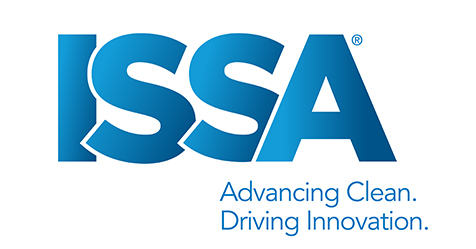Our buildings, both residential and commercial, are living, breathing organisms. The indoor environment of each is unique and dynamic, ever-changing based on how the building is used, the number of occupants, and the environmental conditions. Our buildings can become petri dishes harboring all sorts of contaminants, affecting the health and well-being of those who work within them. Properly addressing these issues with the right kind of cleaning and maintenance assures a healthy environment for the occupants and reduces the possibility of bacterial or fungal growth.
Air Quality in New Construction
Most people seem to think that indoor air contamination is absent in a newly constructed facility, so building from scratch is often more desirable than dealing with preexisting air quality issues. This, however, is a misperception. The truth is that new buildings, post-construction, have all types of indoor air quality (IAQ) issues.
For instance, evidence shows that submicron construction dust can linger in a facility for up to 10 years after construction. Paints and construction materials that incorporate petroleum products can produce volatile organic compounds—or VOCs—and off-gas for months after we’ve moved in. Organic construction materials, such as wood, may retain high levels of moisture, even with the use of an air conditioning system, and that moisture can feed mold. And imagine what contaminants we may bring in with the furniture we just purchased or moved from our previous location. Some of these concerns may be addressed during the construction process to mitigate potential problems, but more often, they are not.
Identifying Mold Issues
Identifying potential mold issues is relatively easy because growing mold produces a distinctive musty odor that most of us recognize immediately. Also, an excessive amount of dust can, and often does, include mold spores, another indication of mold in places where we can’t see it growing.
When a problem is suspected, a simple lab test can identify any issues that facility managers need to properly address. Simple diagnostics can be done in-house by trained personnel or outsourced to a professional IAQ/mold assessor. Under rare circumstances, mold can be a serious health concern for those who are young, elderly, or immunocompromised. Evaluating the level and type of mold present will help the decision-maker determine whether the building should remain occupied or be evacuated during the sanitization process. In some cases, contamination is so severe that leaving an empty building in the hands of a well-trained and certified remediator makes the most sense. Usually, however, this is not necessary.
Implementing an IAQ Management Program
Removing the source of contamination, controlling the relative humidity, and implementing good sanitization or remediation protocols can quickly resolve a mold problem. Once the problem is resolved, maintaining a healthy environment for the occupants is not difficult. We suggest implementing an IAQ management program to ensure mold will not become an issue in the future. This program focuses mainly on awareness and scheduled maintenance.
Awareness-We should trust our subjective observations regarding potential IAQ/mold problems. Am I smelling something unusual, does the environment feel clammy to me, or am I seeing what appears to be mold growth? Our senses will tell us if we should take things to the next level.
Maintenance-We should make sure our scheduled maintenance program produces a cleaner environment. Removing clutter to allow airflow, managing the temperature and relative humidity to remove moisture, and removing dust will reduce the possibility of mold becoming a problem.
The goal is to create and maintain a healthy indoor environment for the occupants. Paying a little attention to the details of these guidelines will do just that.




